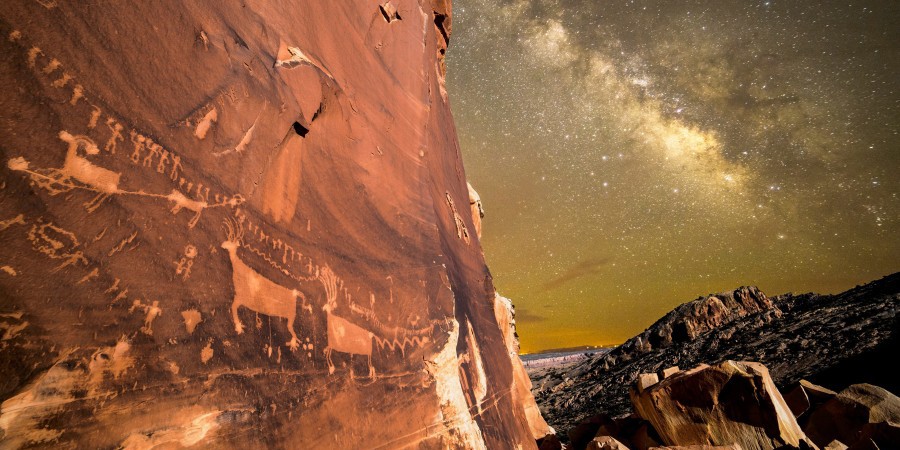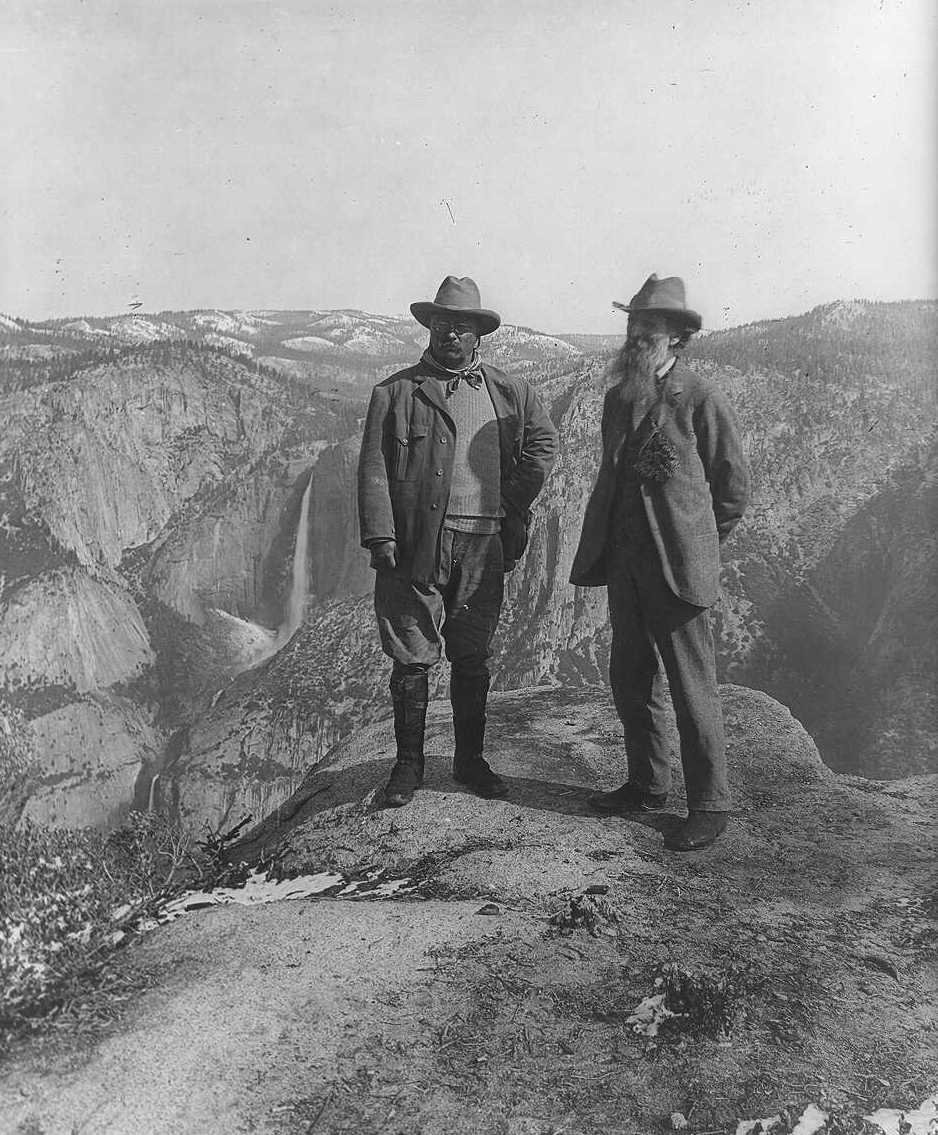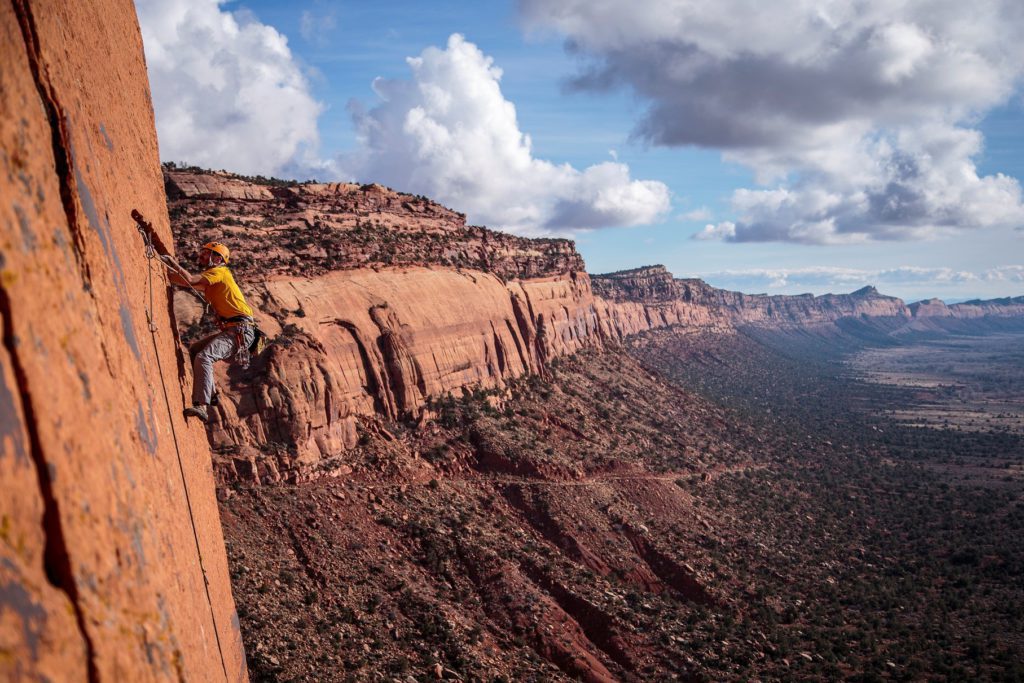From headlines, to tweets, to emails, to texts – there is a lot of press covering Secretary Zinke’s interim Bears Ears National Monument recommendation. Because the report provides more questions than answers, we did our best to break it down into ten takeaways.
You can find and download his the full report here and read our formal response to it, here.
1. First things first, let’s ground ourselves in the legacy-defining American landscape we’re talking about: Bears Ears National Monument. Bears Ears is perhaps the only place in the country with the highest concentration of magnificent and culturally significant rock art, dwellings, archaeological and geological splendors, spiritual places, and vast recreation opportunities.

2. Secretary Zinke recommends that Bears Ears National Monument be shrunk. Largely, this interim report is purposefully vague, leaving room for amendments prior to the final recommendation’s due date on August 24th. While neither redrawn boundary maps, nor new proposed acreage were provided, it is clear Secretary Zinke is recommending Bears Ears National Monument be reduced in size.
3. We don’t know exactly how or by whom it will change, yet. Sec. Zinke has fulfilled on his duty to provide an interim recommendation on Bears Ears within 45 days of President Trump’s Executive Order #13792; however, we will not know Sec. Zinke’s full and final recommendation until the final report is due on August 24th.
4. President Trump wants to be offered the opportunity to alter Bears Ears, all by himself. Sec. Zinke is to offer President Trump a recommendation that he can exercise as an executive action. Many legal scholars agree any executive action to undo or change a national monument established by a preceding President is illegal.

While rare, past Presidents have used executive action to change national monument boundaries. Notably, none of these changes have been challenged in court. The most notorious example of a President using executive action to alter a national monument was in 1915 when President Woodrow Wilson nearly cut in half Teddy Roosevelt’s Mount Olympus National Monument. This was never challenged in court, and in 1938 Congress acted to permanently protect Teddy’s original National Monument as Olympic National Park and doubled its size!
5. Sec. Zinke must recommend a way for Congress to make changes, too. He’s tentatively recommended the following: 1) Congress should allow tribal co-management of whatever cultural areas are protected after the monument has been resized. 2) Congress should establish certain smaller areas as a national recreation areas (NRA) or a national conservation areas (NCA). 3)Congress should reevaluate the necessity of wilderness and wilderness study areas within a national monument boundary.
6. NRA, NCA and national monument…what’s the difference? Both National Recreation Areas (NRAs) and National Conservation Areas (NCAs) are areas of public land protected for recreation, conservation and/or ecologic values. Often times NRAs are managed by the Forest Service (USFS) or National Park Service (NPS) and NCAs are managed by the Bureau of Land Management (BLM). Unlike national monuments, NRAs and NCAs can only be designated through an act of Congress. While national monuments can be designated through congress as well, they are primarily established through executive action of the President by way of the Antiquities Act.
7. The integrity of the Antiquities Act is challenged, but its importance cannot be overstated. Theodore Roosevelt catalyzed our country’s conservation legacy in 1906 with the creation of the Antiquities Act. Today, it is still one of the most important conservation tools in the toolbox. Historically nonpartisan, the Antiquities Act has been used by all but three U.S. Presidents, of the 18 since Teddy Roosevelt established the act, to protect over 130 national monuments. In fact, some of our country’s most iconic landscapes were first protected as national monuments under this Act. The Grand Canyon, Death Valley, Katmai, Pinnacles, and Olympic National Park are just some examples of world famous National Parks that began as National Monuments and were later bestowed by Congress as National Parks.

8. The comments submitted and comments received don’t match up. Sec. Zinke stated that 78,000 people submitted comments on behalf of Bears Ears. When Sec. Zinke asked the American people to comment on the future of Bears Ears and the other 26 national monuments under review, one of the largest show of support for public lands erupted. Our partners counted every comment, and reported that over 1,000,000 Americans submitted comment on behalf of our special places.
9. While this interim recommendation sets the stage for more attacks on our public lands, we have a tool to defend them. OUR VOICES!
10. Secretary Zinke works for you, make sure he hears from you. You have until July 10th to formally submit a comment to Secretary Zinke. Passionately tell him why Bears Ears National Monument should remain the way it is today, forever. Still want to do more? Speak up on behalf of the other 26 national monuments under review as well! Follow the two steps below to add your voice. We’ve added some suggested messaging to get you started, but please be sure to personalize your note. Thanks for taking action!
-
Click this link to access the DOI comment page: https://www.regulations.gov/
-
Copy and paste the comment below. It is very important that you personalize your comment. If you don’t personalize it, your comment may not be counted. Please edit or add text based on your own experience.
RECOMMENDED COMMENT:
As an outdoor enthusiast who loves our public lands, I support the designation of Bears Ears National Monument and ask that it’s boundaries remain unchanged.
For more than 100 years, Presidents of both parties have used the Antiquities Act–a tool signed into law by Theodore Roosevelt–to enact far-sighted protections for our common American inheritance. Bears Ears is exactly the kind of place the Antiquities Act intended to protect. It is rich in cultural history which inspired a historic coalition of tribes to band together to push for its designation. In addition to protecting over 100,000 archaeological sites, the designation preserves world-class recreation opportunities in places like Cedar Mesa, Grand Gulch, and Indian Creek.
The process that led to the designation of Bears Ears National Monument was thorough and transparent. For more than 80 years, decision makers from all sides presented proposals seeking permanent protection of all or part of this incredible landscape. The boundaries were informed by both the multi-year Public Lands Initiative and by a proposal from the Bears Ears Inter-Tribal Coalition. Those boundaries do not exceed the acreage necessary to preserve the rich cultural heritage, ecological values, and recreation assets.
Thank you for reviewing the decades of hard work and thoughtful consideration that culminated in the designation of Bears Ears National Monument. Please recommend that President Trump leave the current Bears Ears National Monument boundaries in place.



